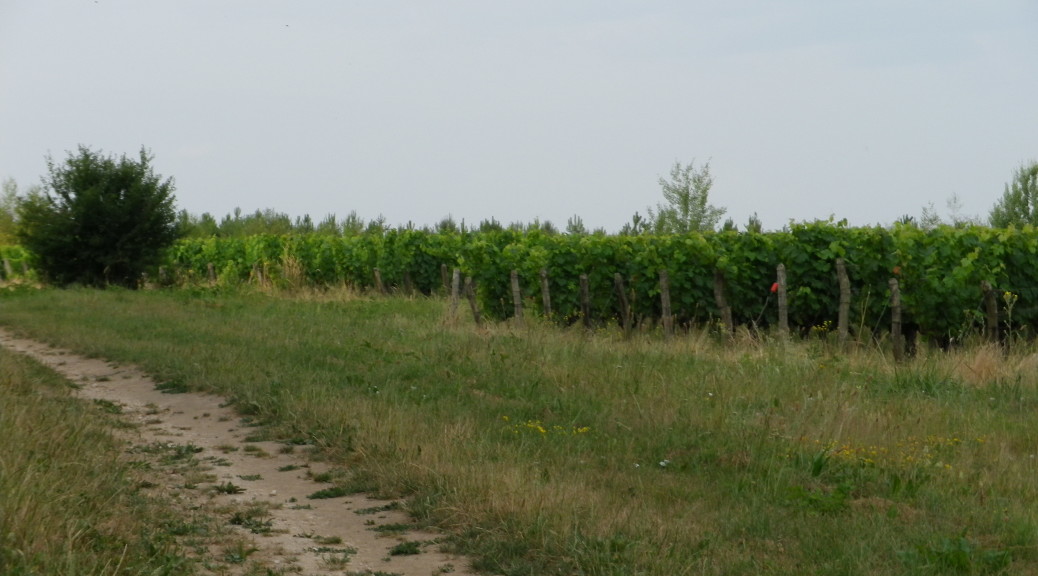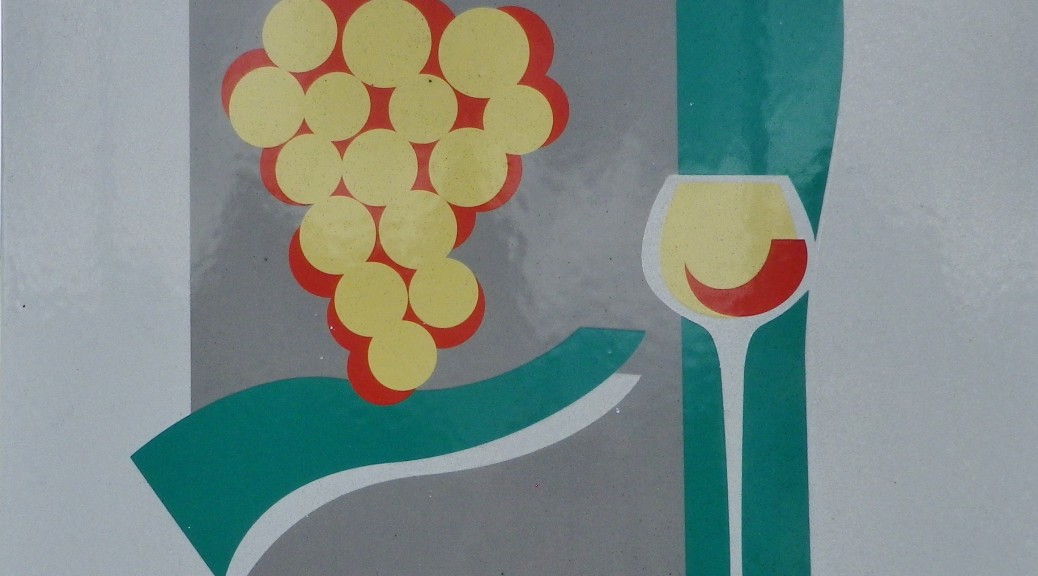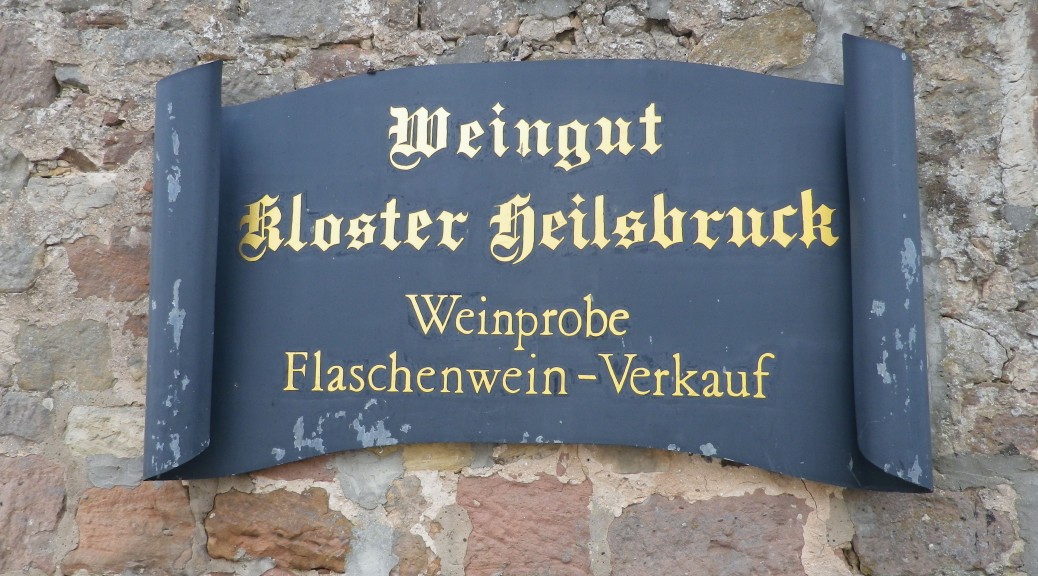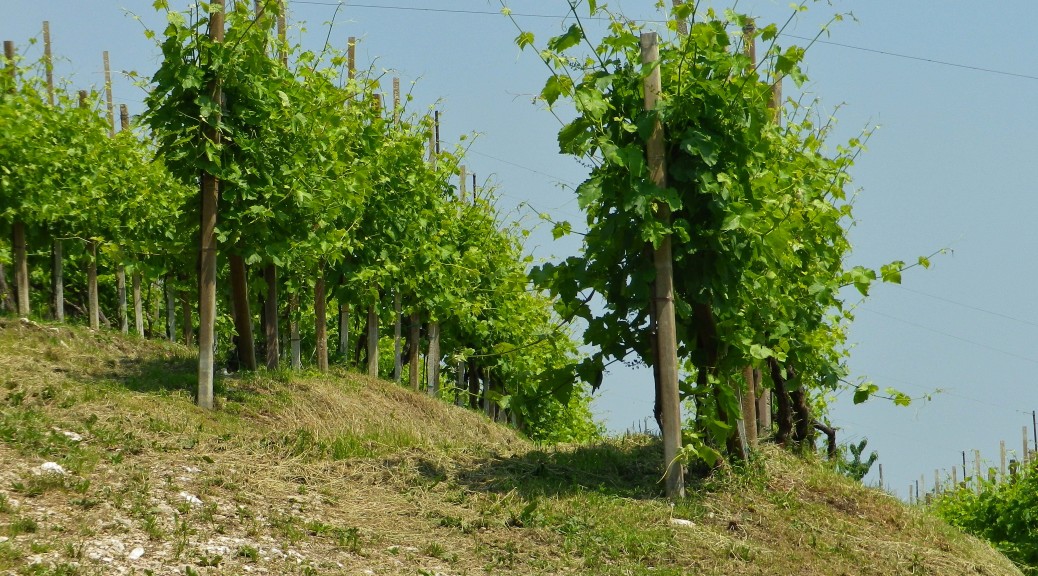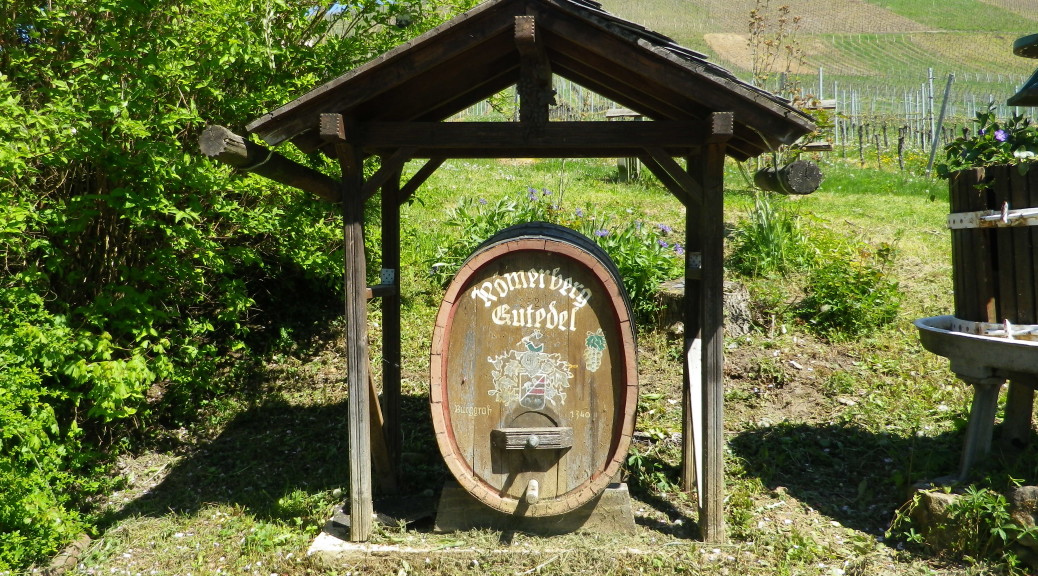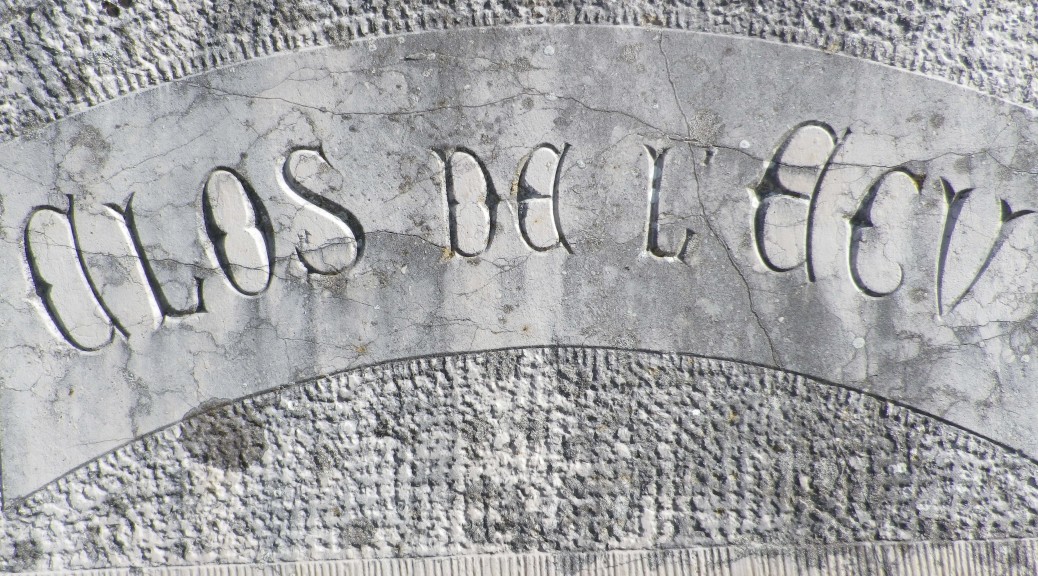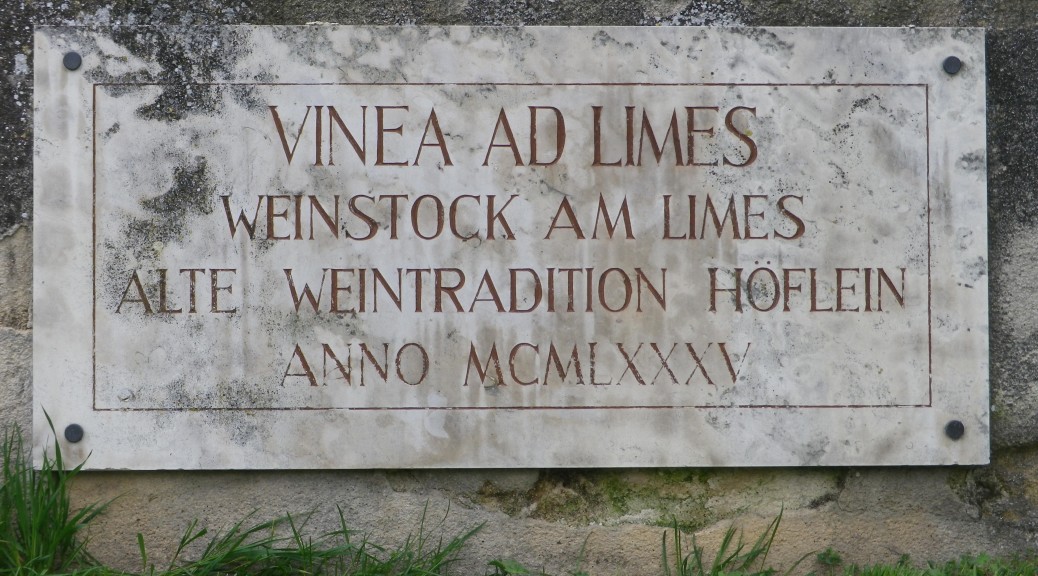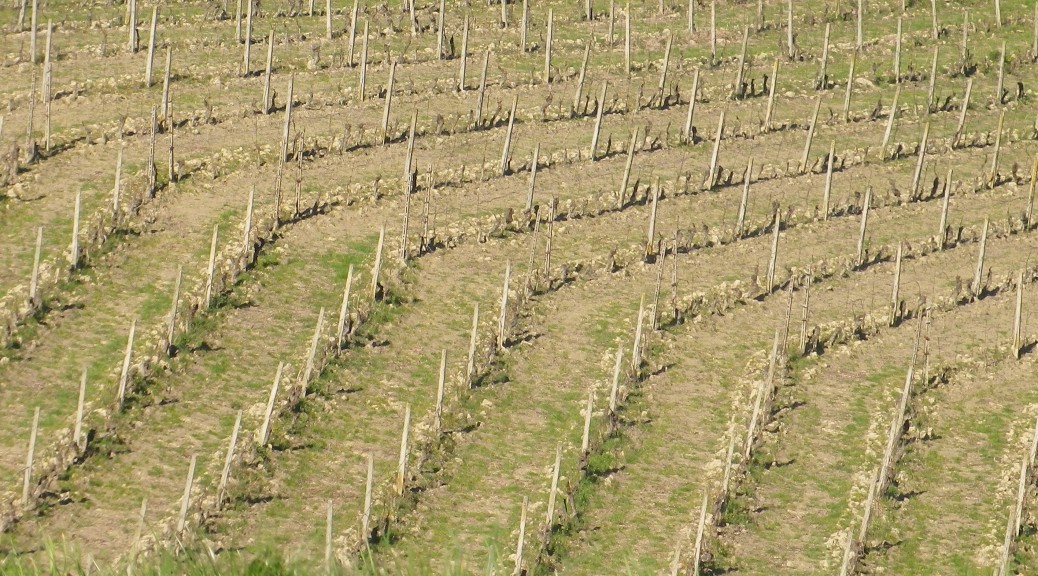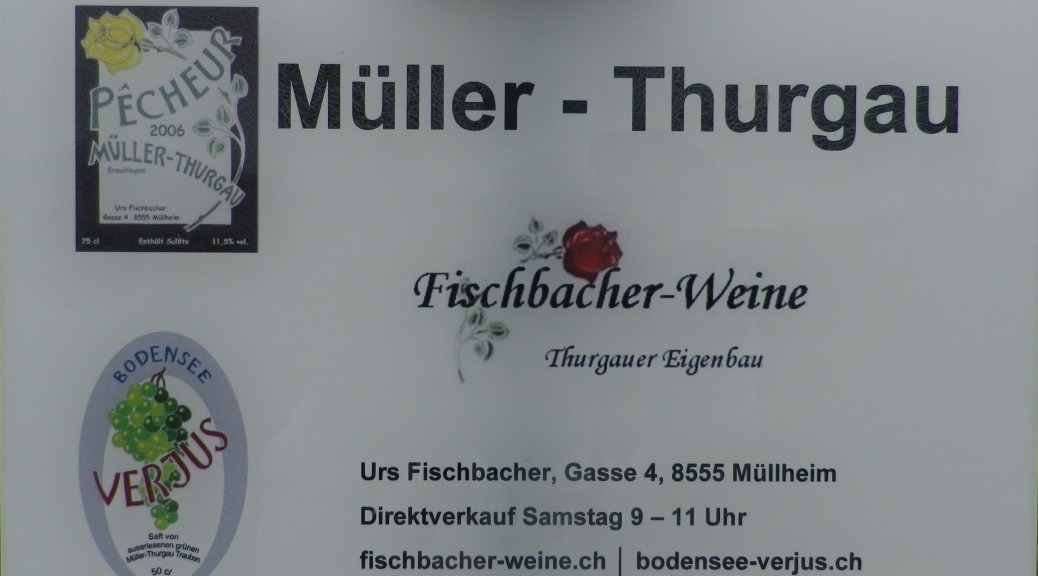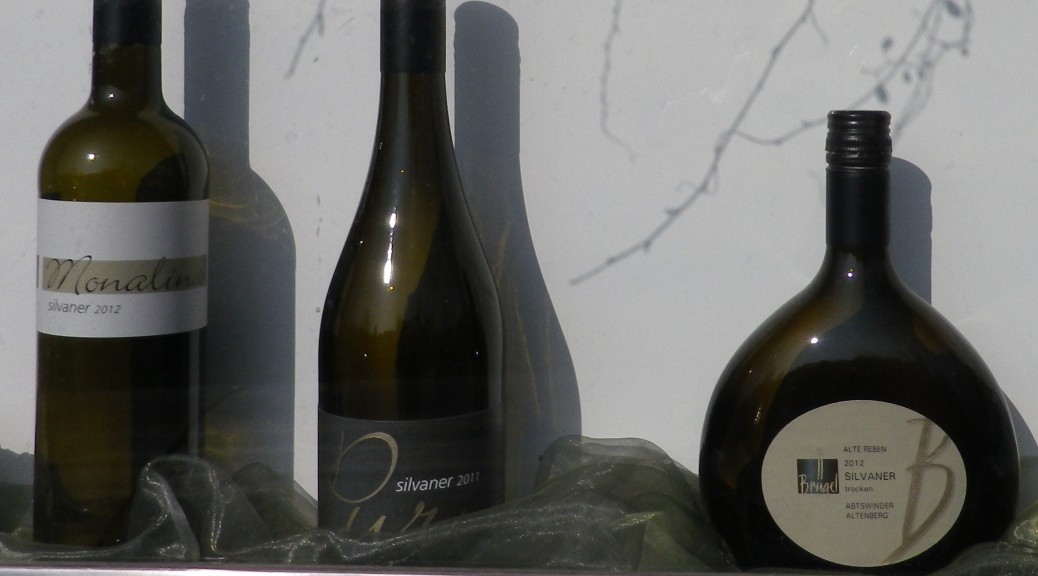What I Learned
The northeast corner of Switzerland, where Germany, Austria and Switzerland group together around Lake Constance and the Lower Lake(the Bodensee and the Untersee, in German), is marketed as Mediterranean-like. While the area does boast some of the warmer and sunnier days in this part of the German-speaking world, due in part to the lake and the Rhine River which flows through it, the reality is that it is often cloudy, if not rainy, with windy and cool conditions. Hence vintners here face challenges growing grapes.
In 1882, Hermann Mueller, a local man, came to the rescue. Born in the village of Taegerwilen, within sight of Germany’s city of Constance and its Swiss conjoined city Kreuzlingen, he grew up in this area. His father was a part-time vintner, and his mother from the great wine region of the German Rheingau (further up the Rhine). Oenology was in his blood. After completing high school in Constance, and teaching for a stint in nearby Stein am Rhein, he entered the University of Wuerzburg where he graduated with a Ph.D. in botany. He worked in the Rheingau at the Prussian Institute for Horticulture and Viticulture, but the issues faced by Thurgau grape producers were not far from his mind.
Continue reading Wine Notes: Mueller-Thurgau →
